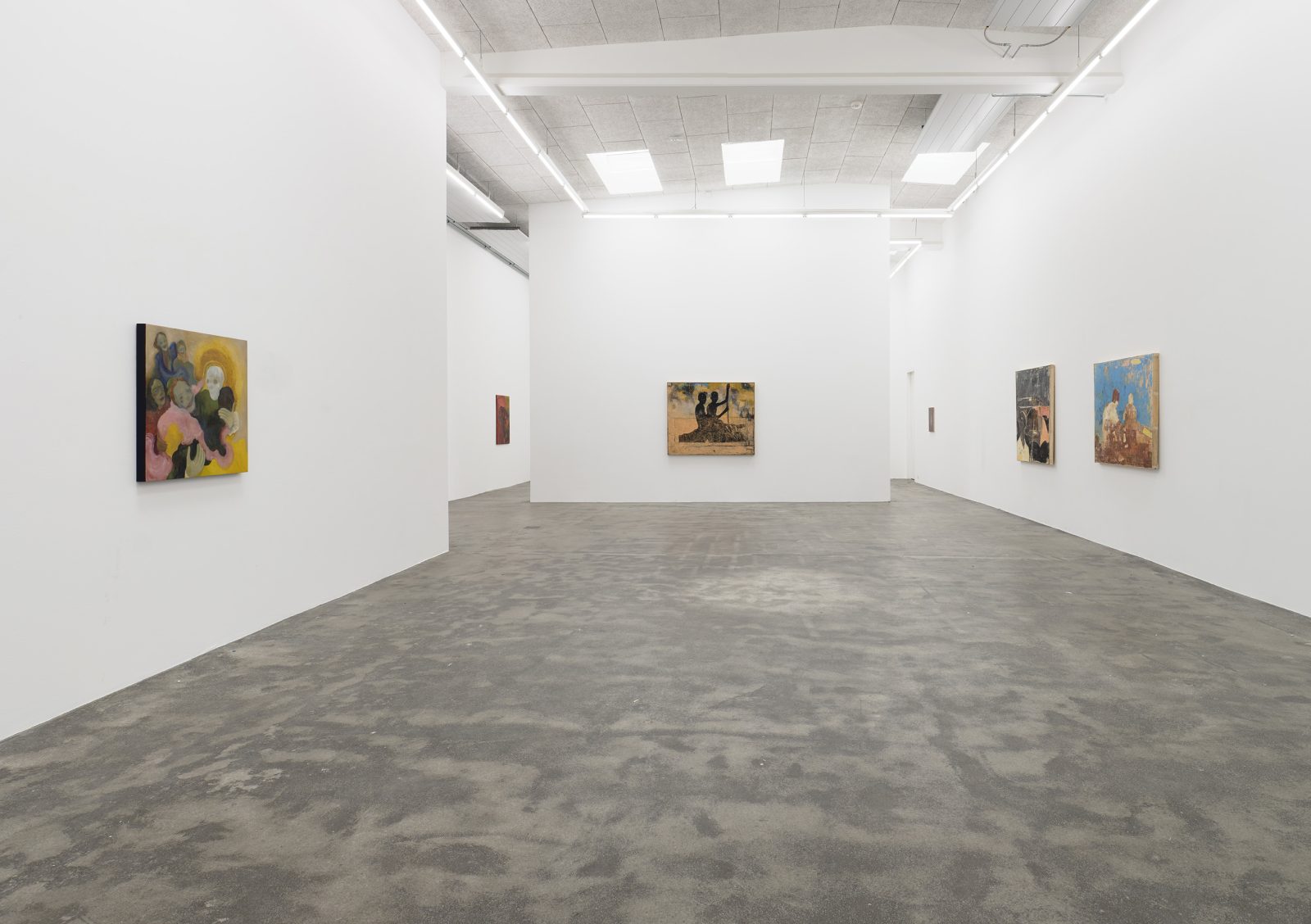Zeitgeist
Galleri Nicolai Wallner is pleased to present Zeitgeist—a group exhibition introducing the works of Anna Kristine Hvid Petersen, Emilie Imán, Eva Helene Pade, J.G.Arvidsson, Martin Aagaard Hansen and Oliver Bak.
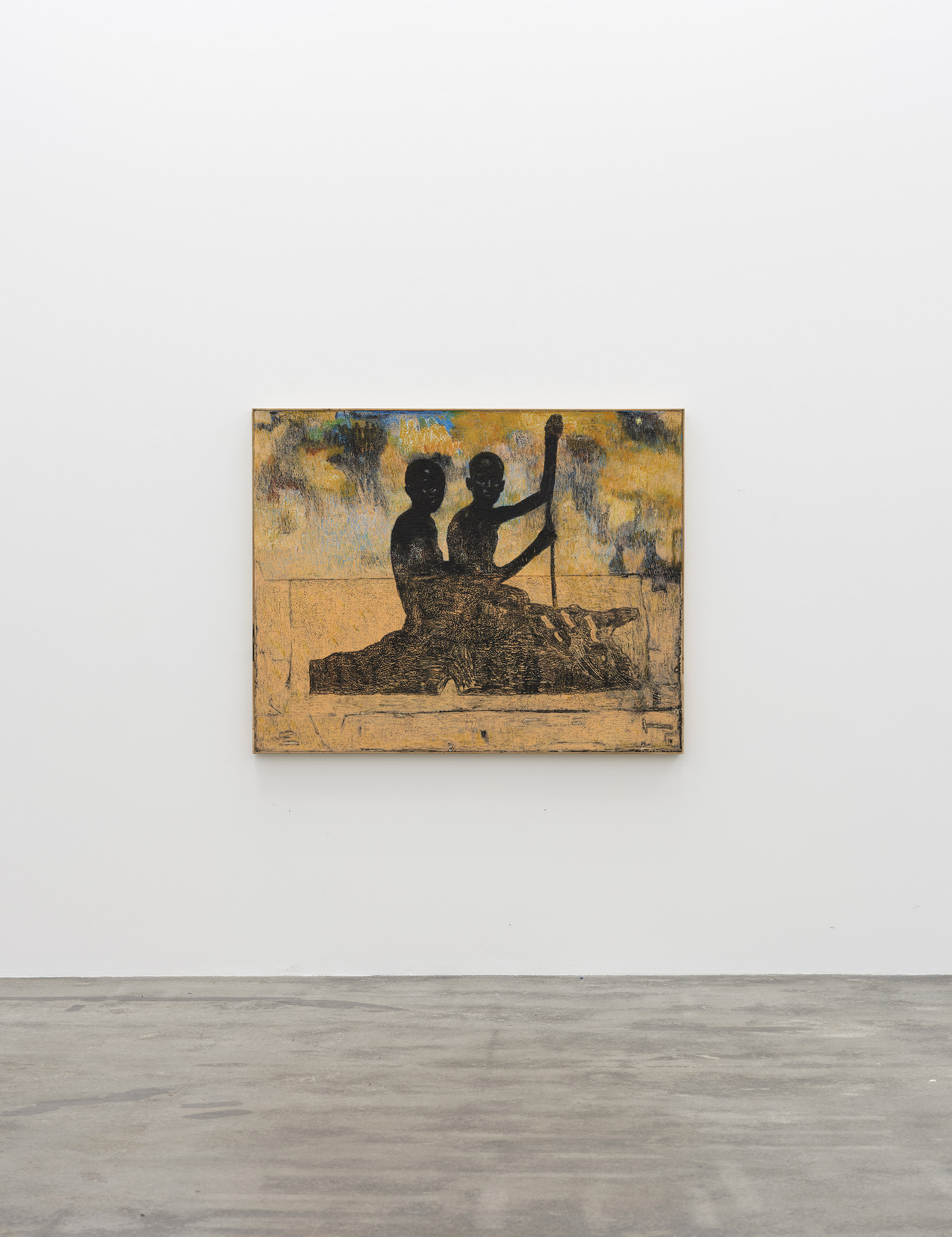
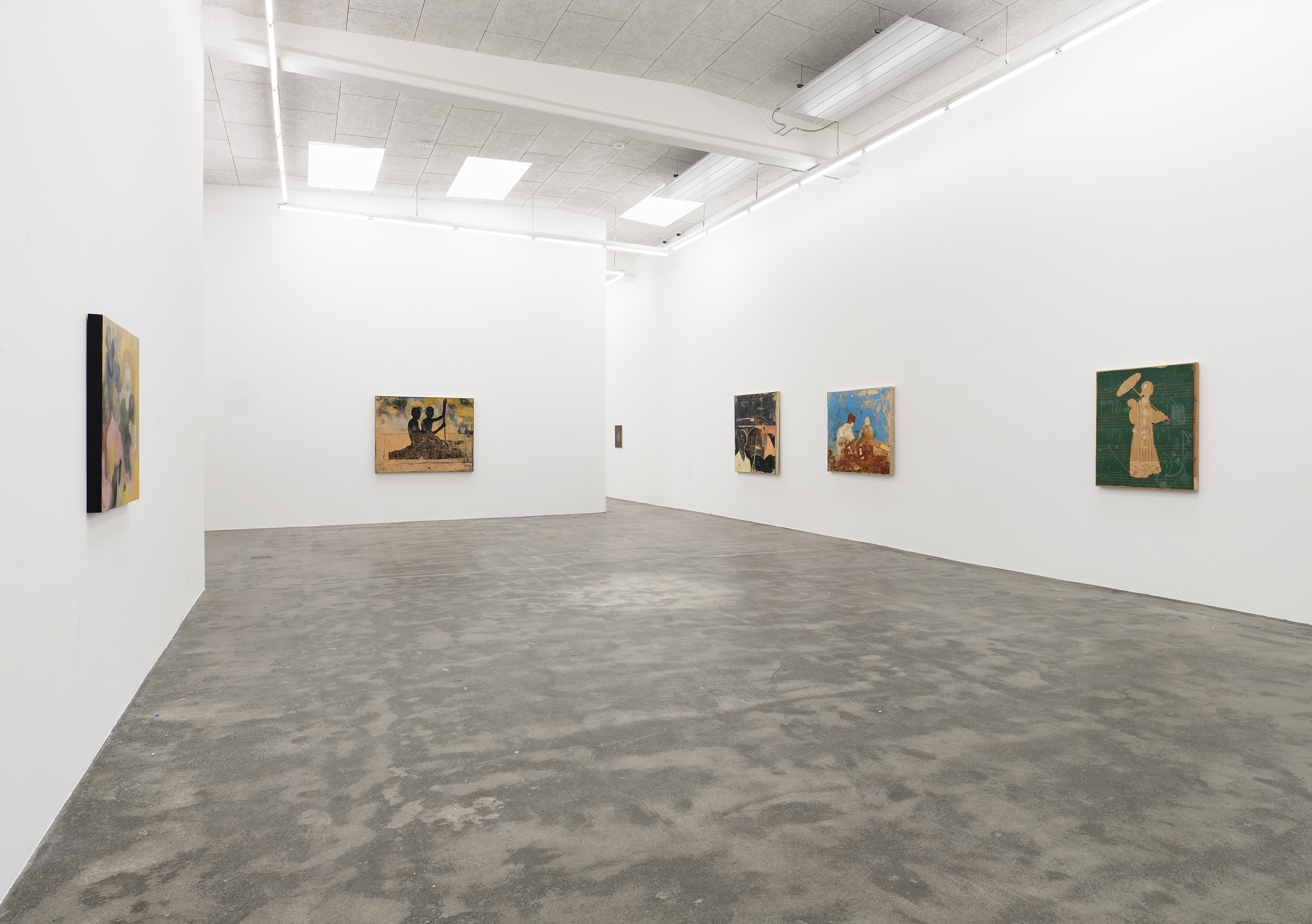
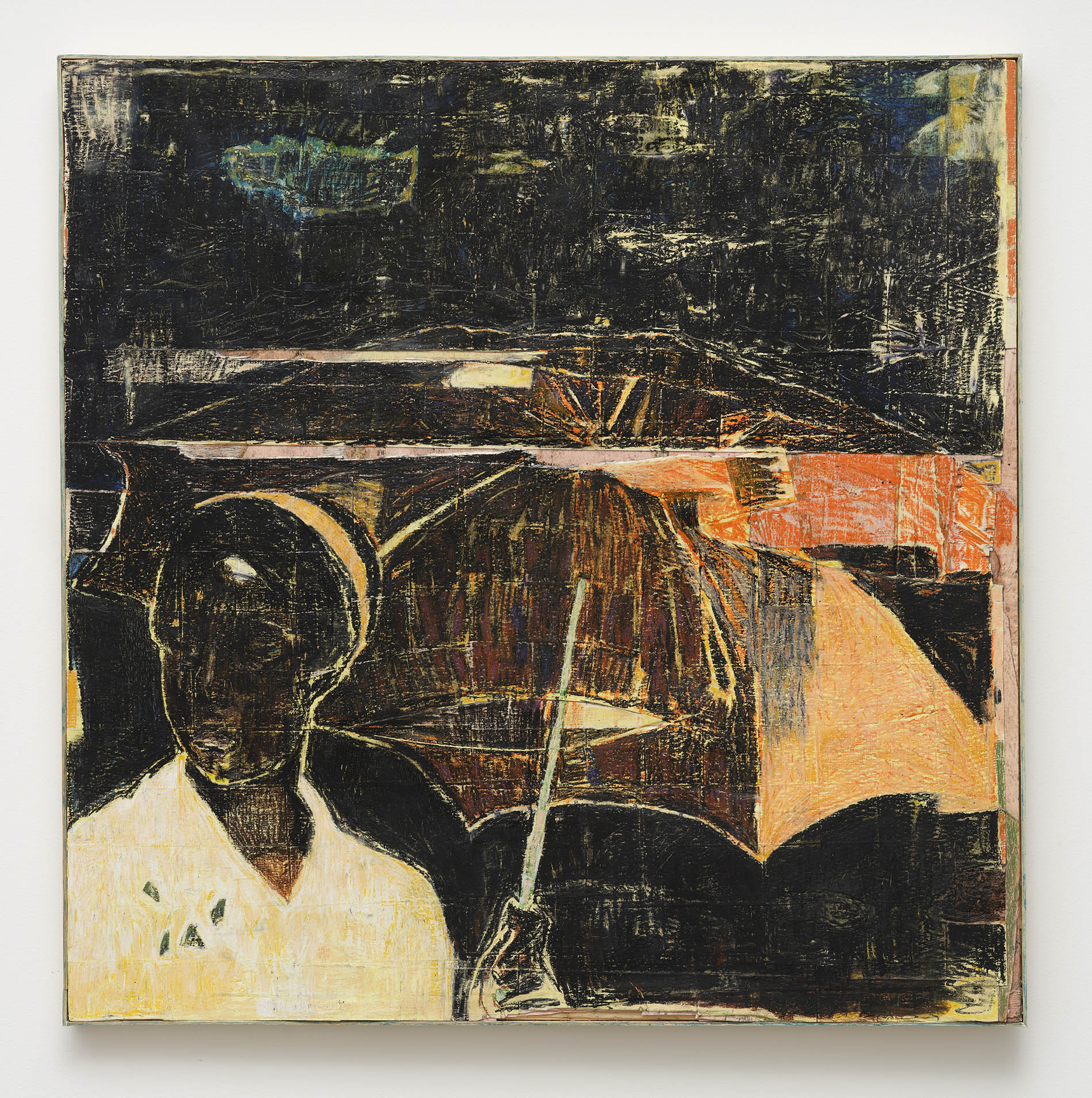
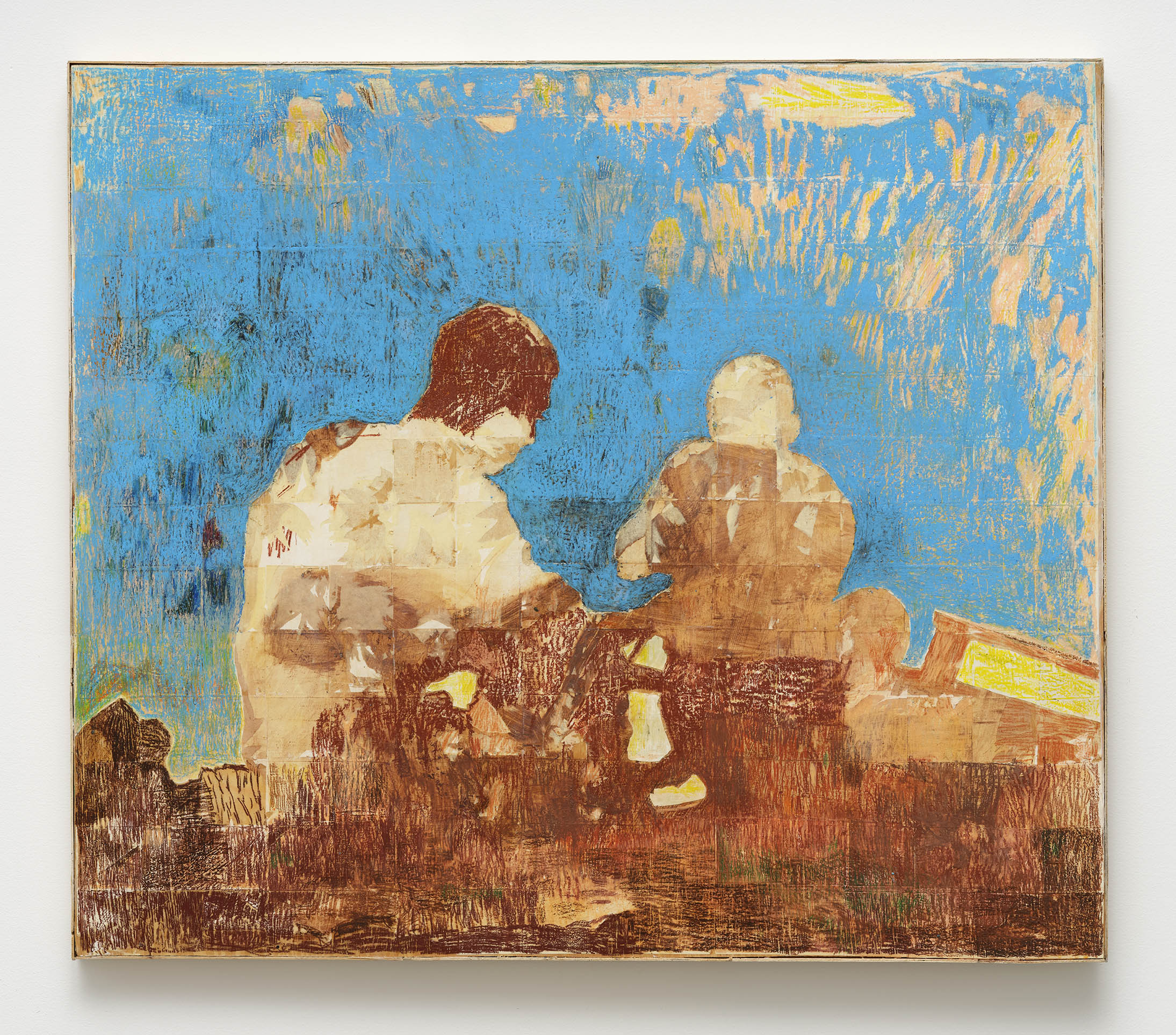

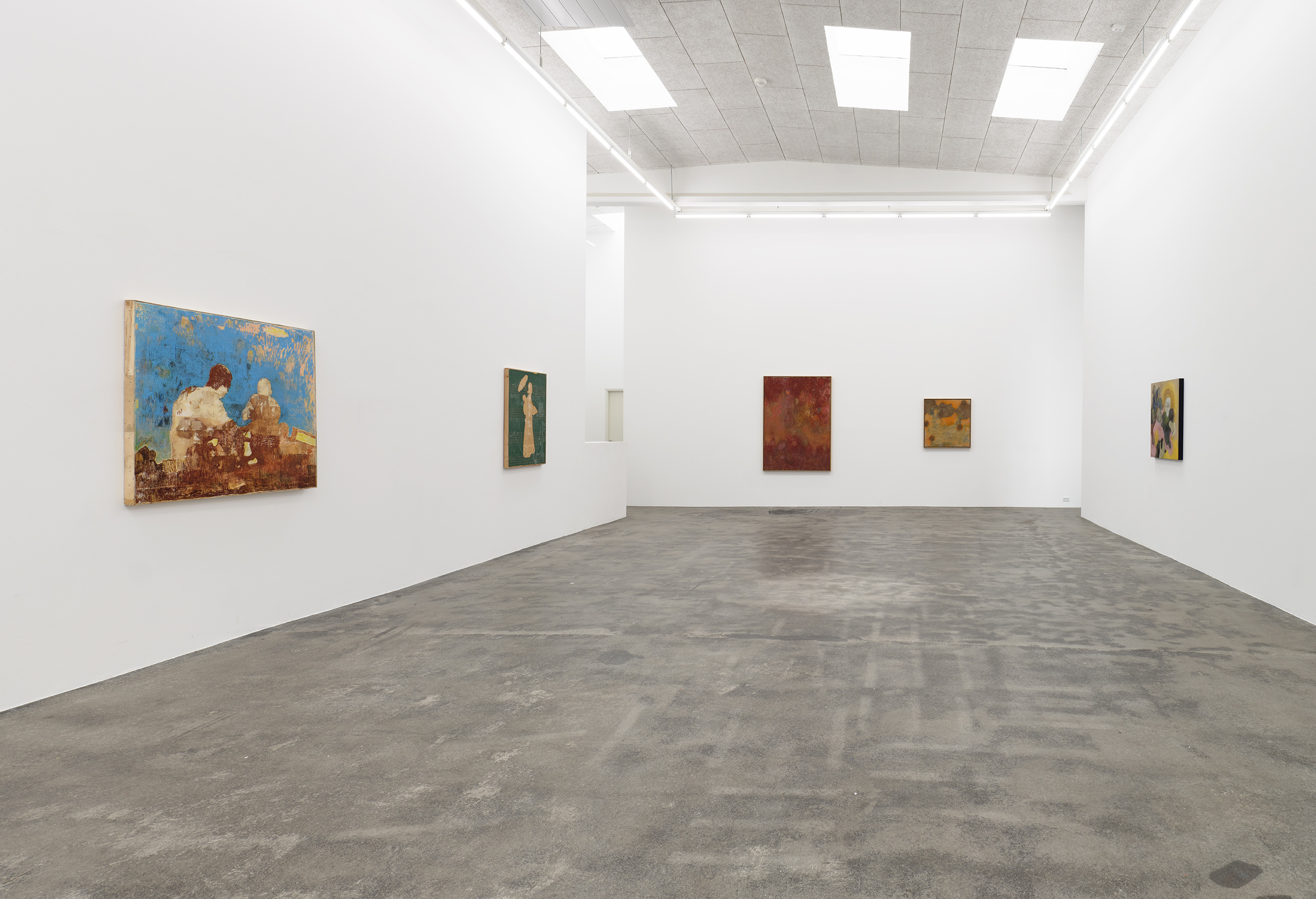
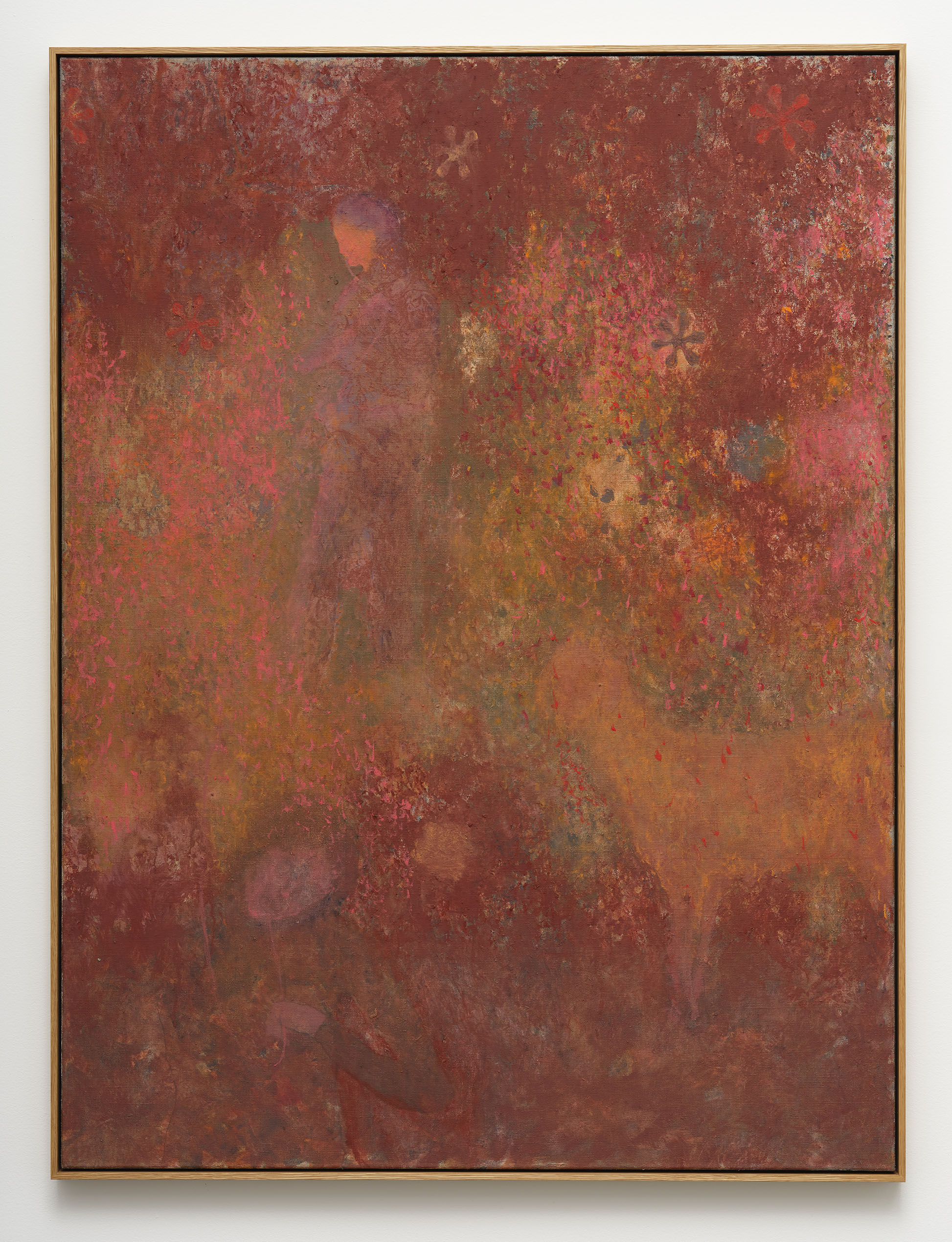
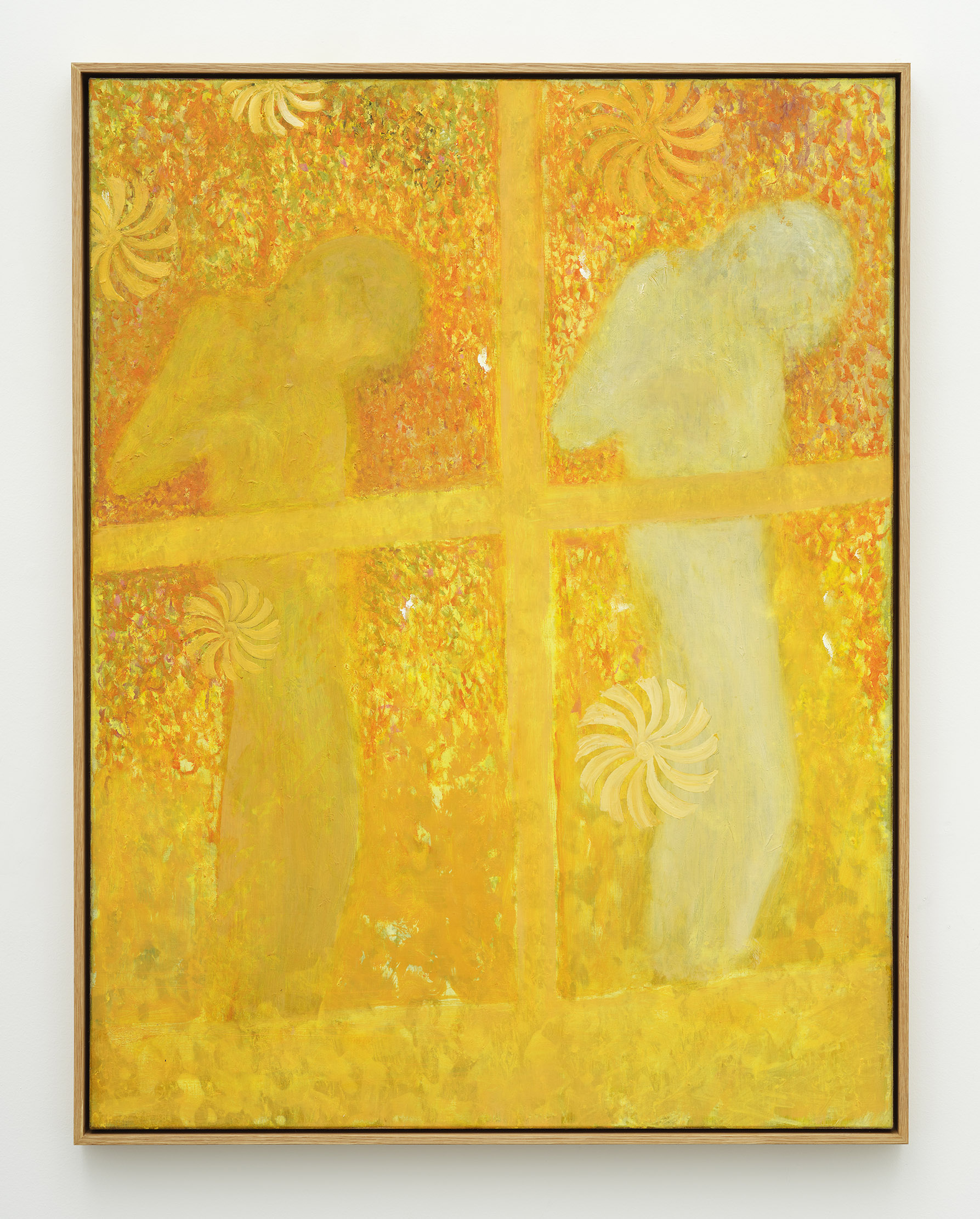
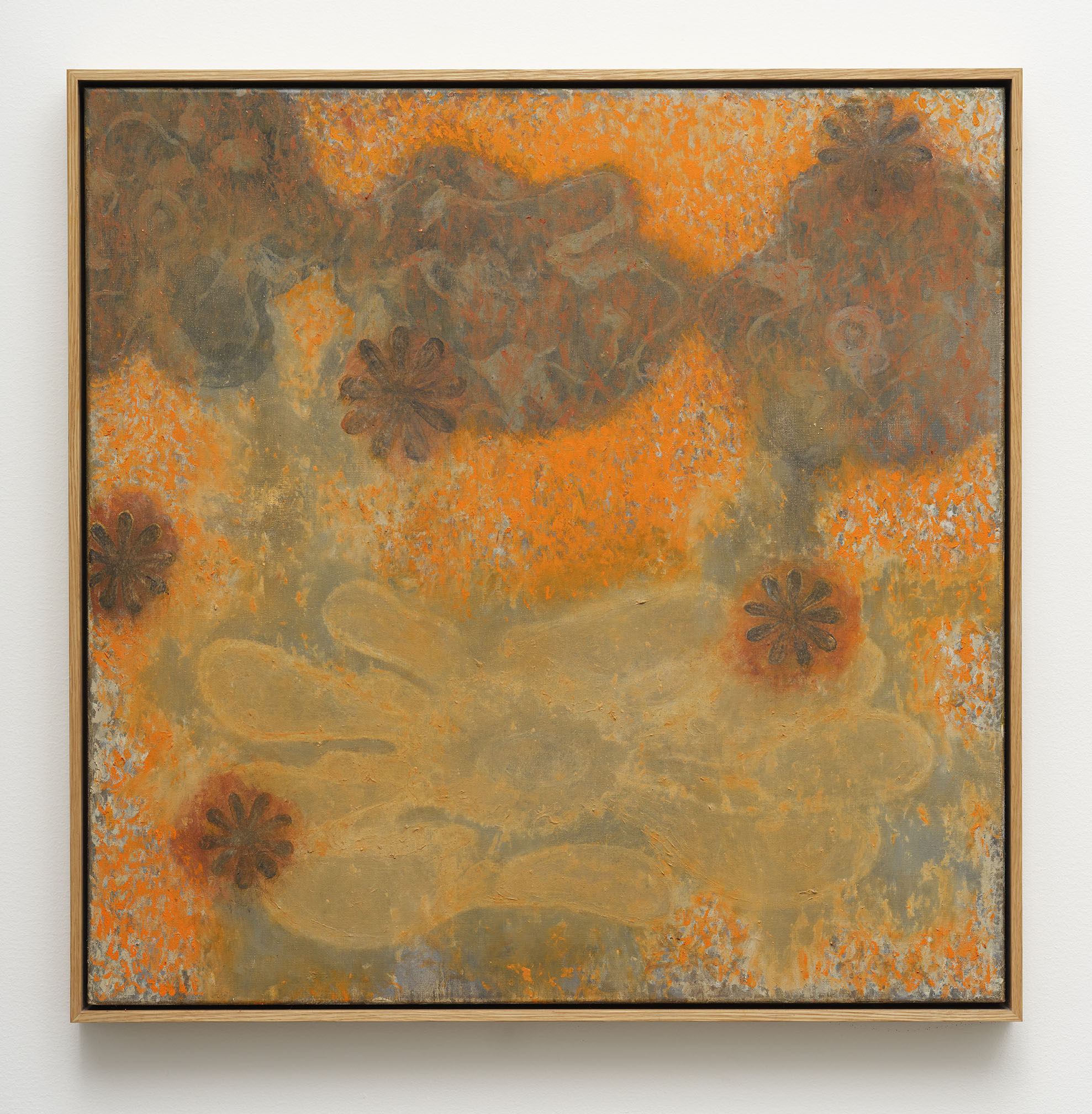
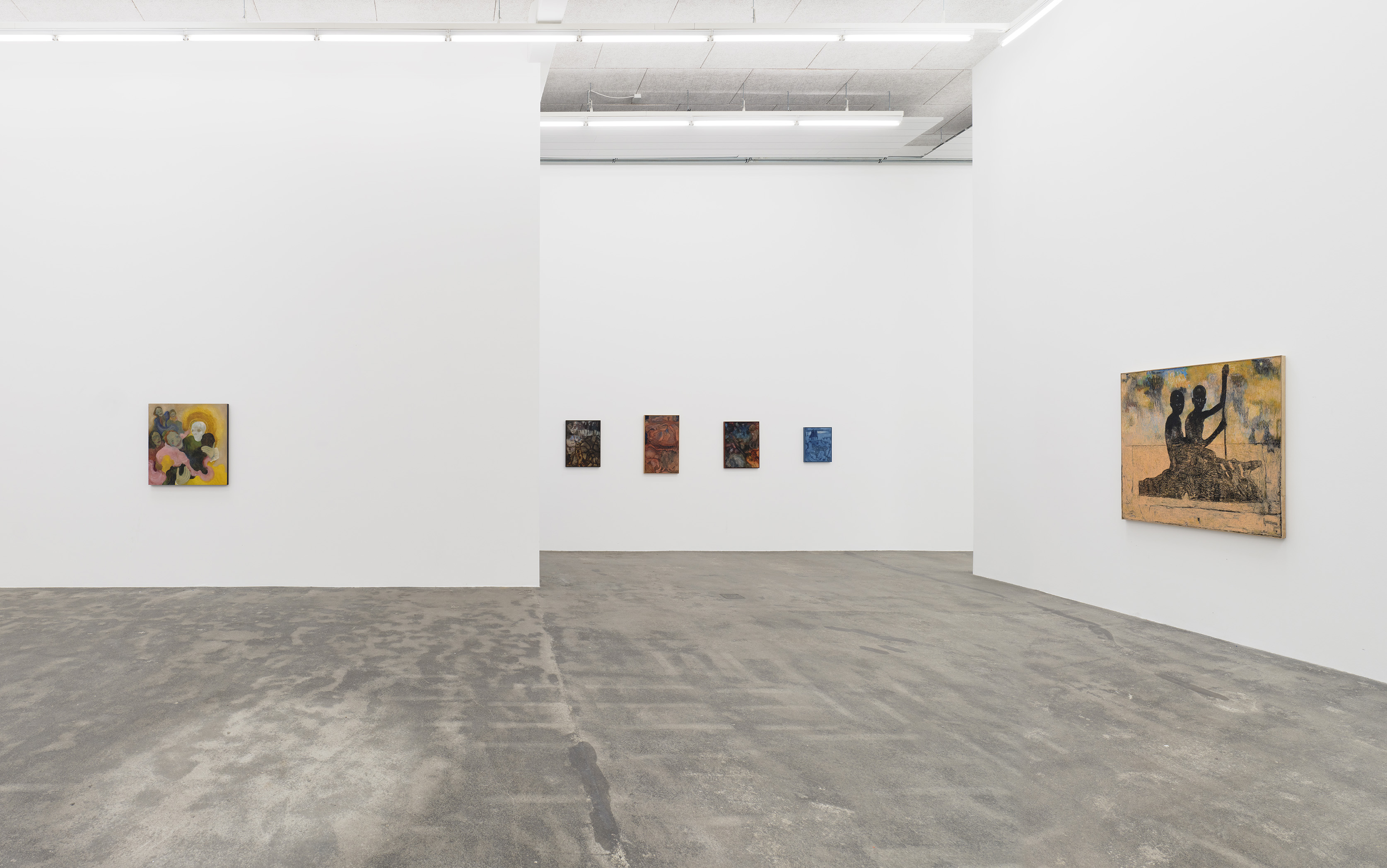
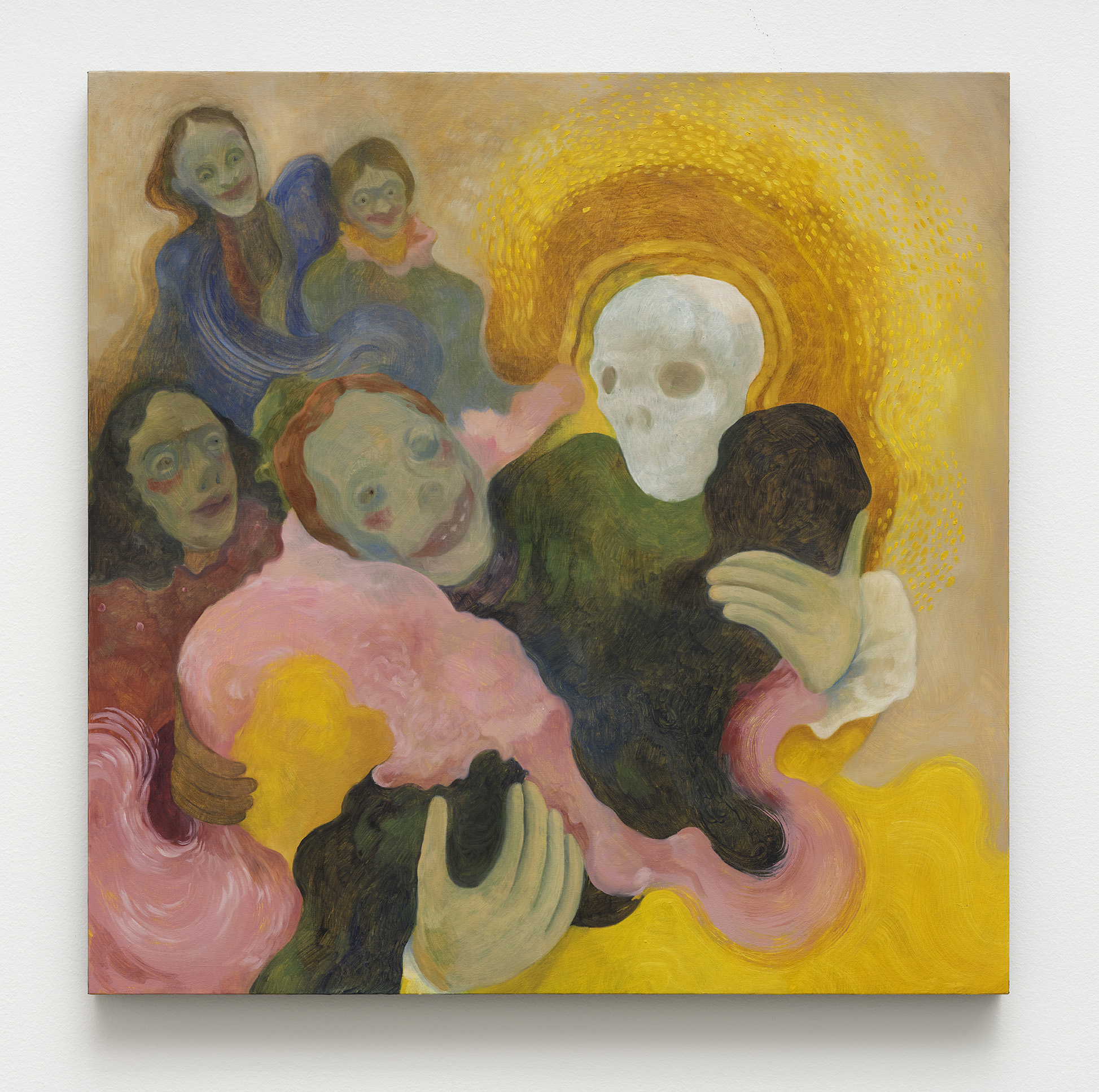


Martin Aagaard Hansen
The vastness and the ageing trickster (2021)
Oil on wood
61 x 47 x 3.5 cm
To Inquire
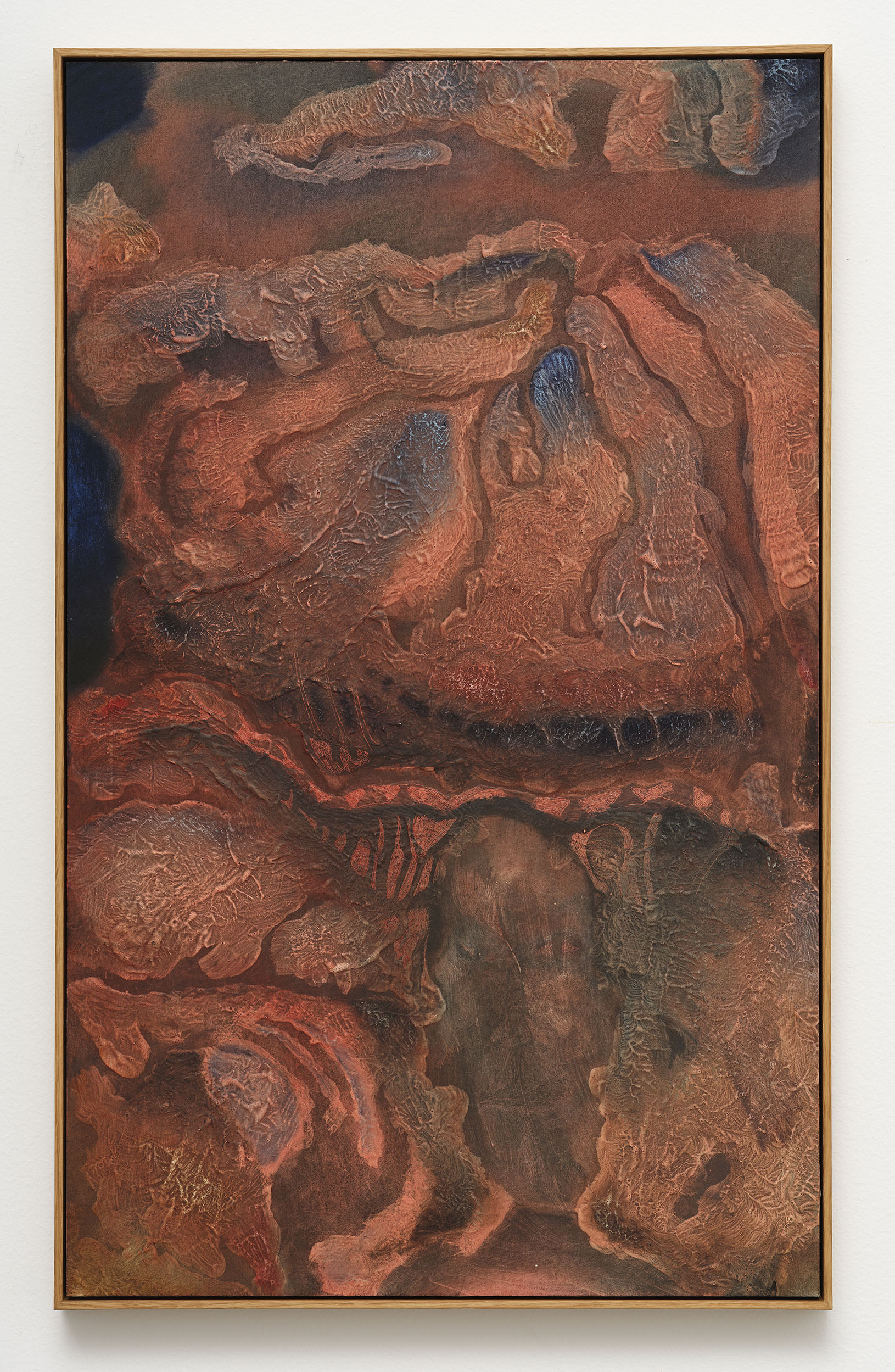
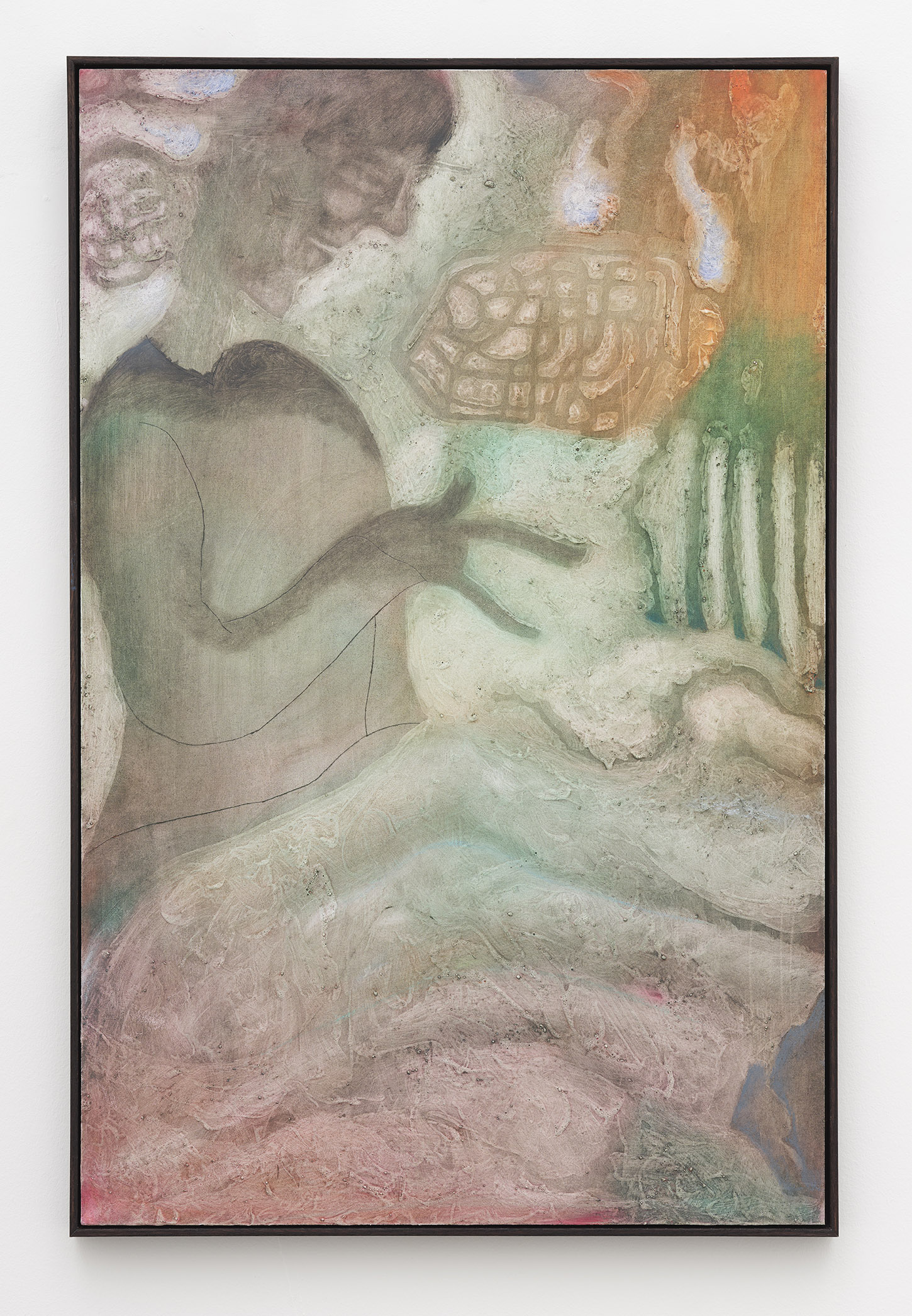
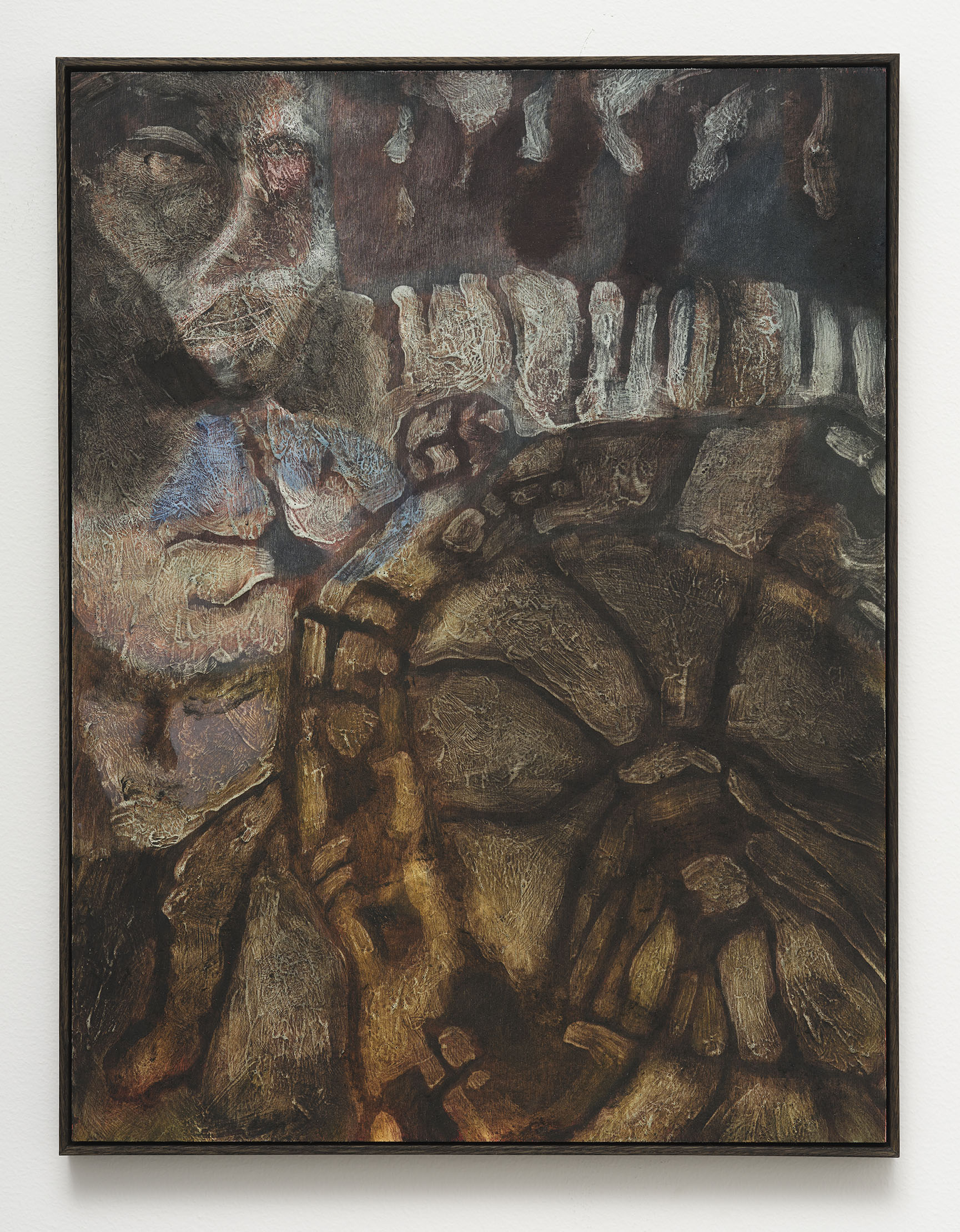
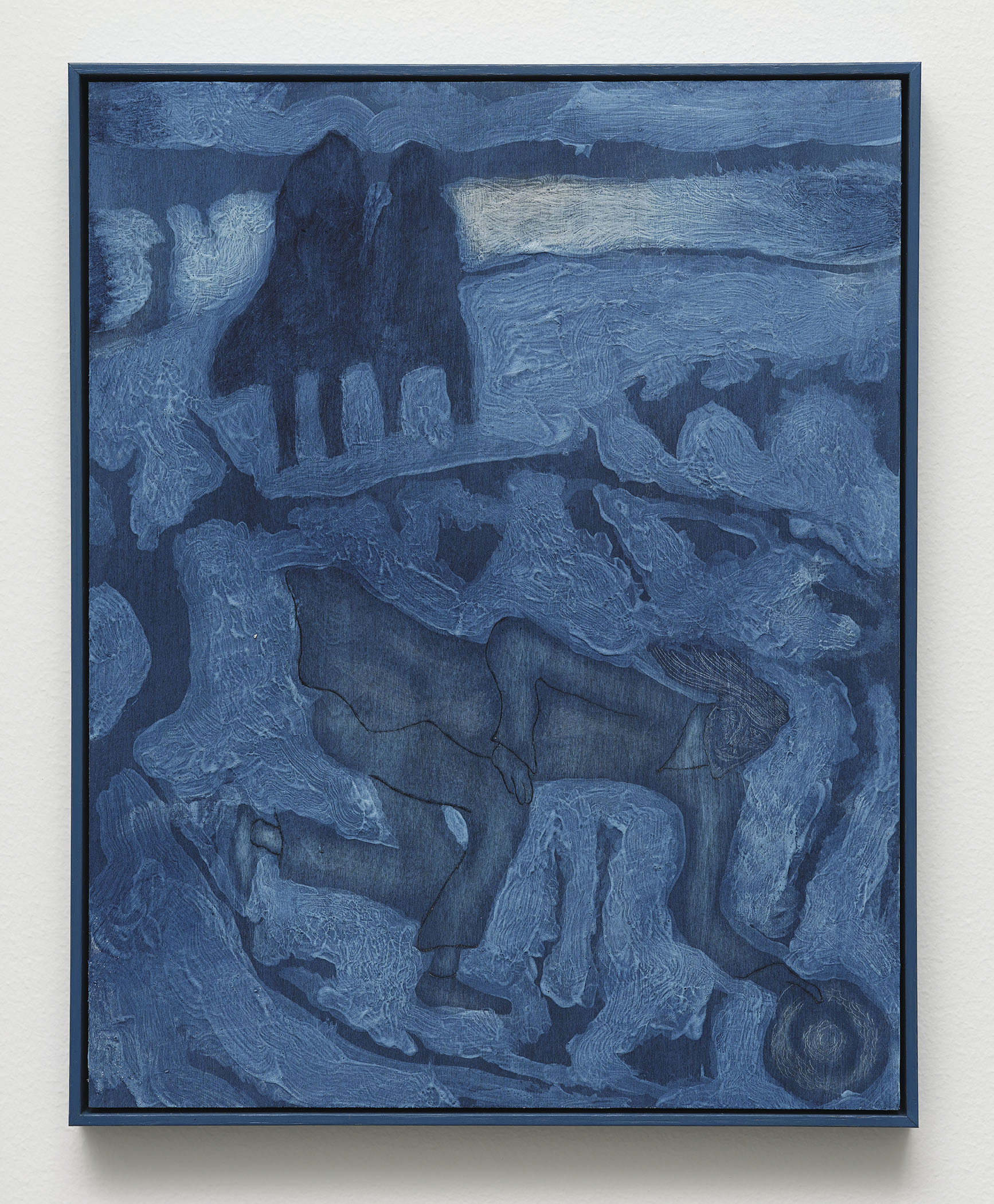
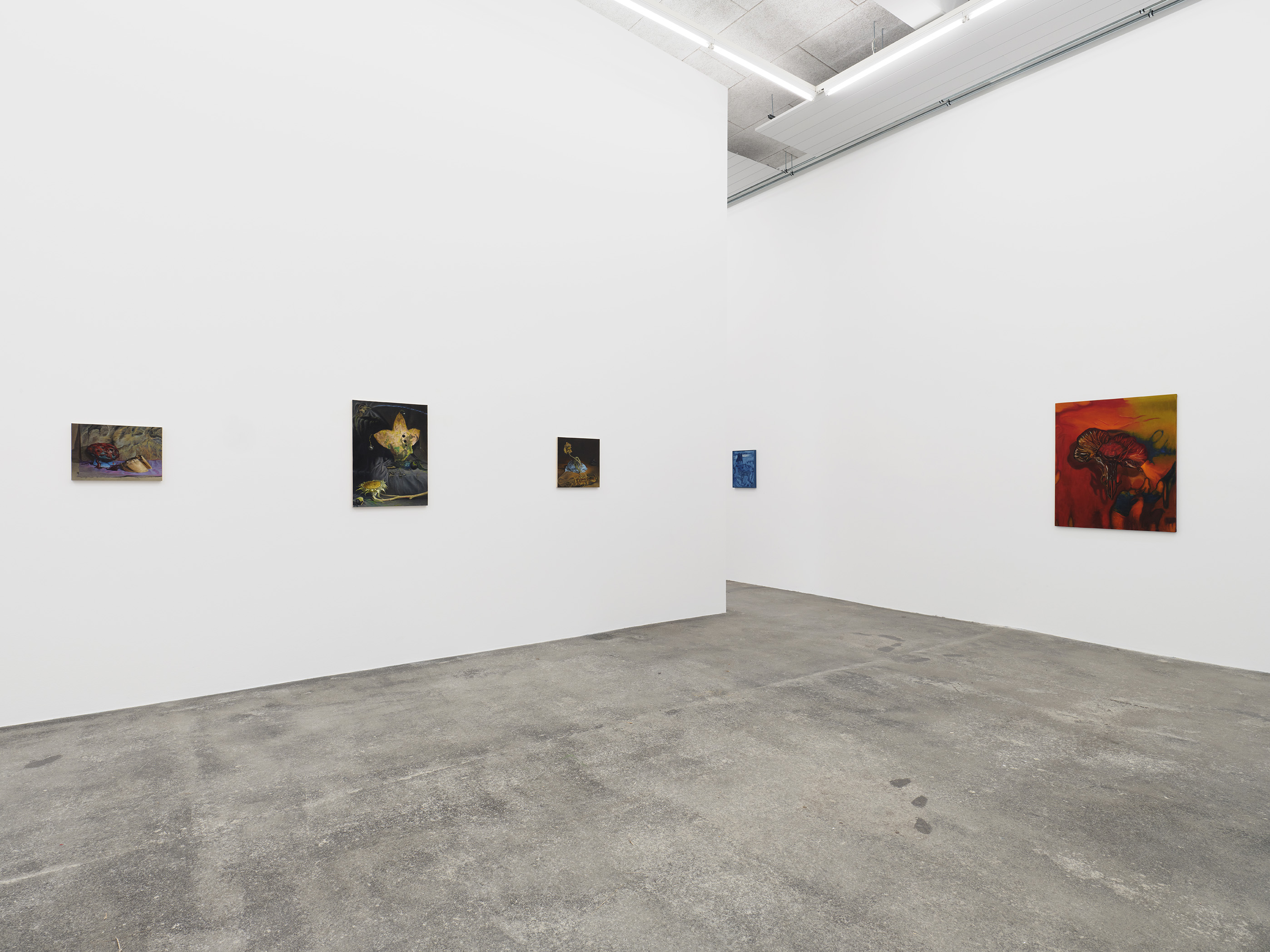
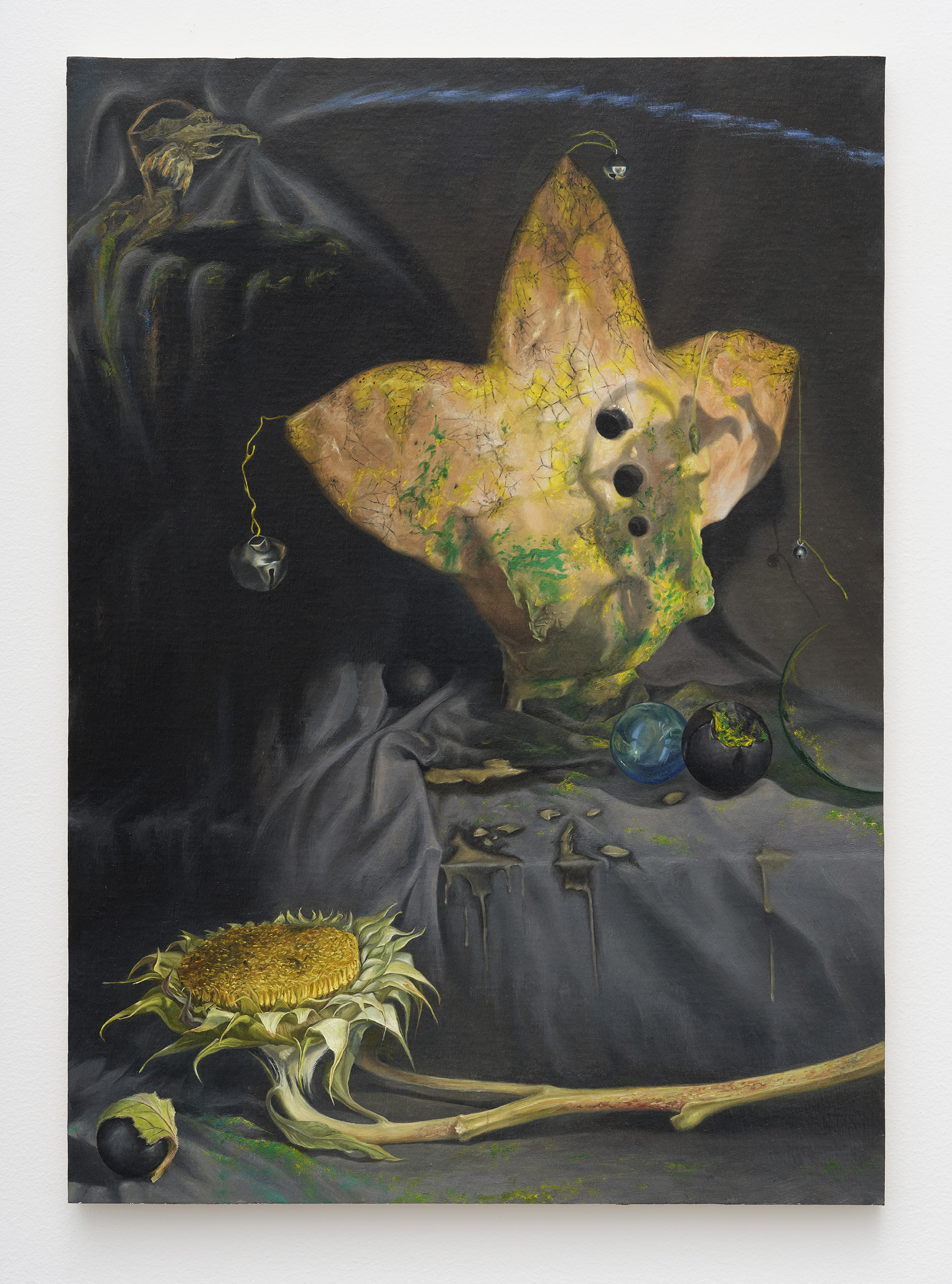
Anna Kristine Hvid Petersen
Vingeløs (2021)
Oil and canvas mounted on wood
70.5 x 49.5 x 2.5 cm
To Inquire

Anna Kristine Hvid Petersen
Kunne man bare skolve det op (2021)
Oil and canvas mounted on wood
40 x 39.5 x 2.5 cm
To Inquire
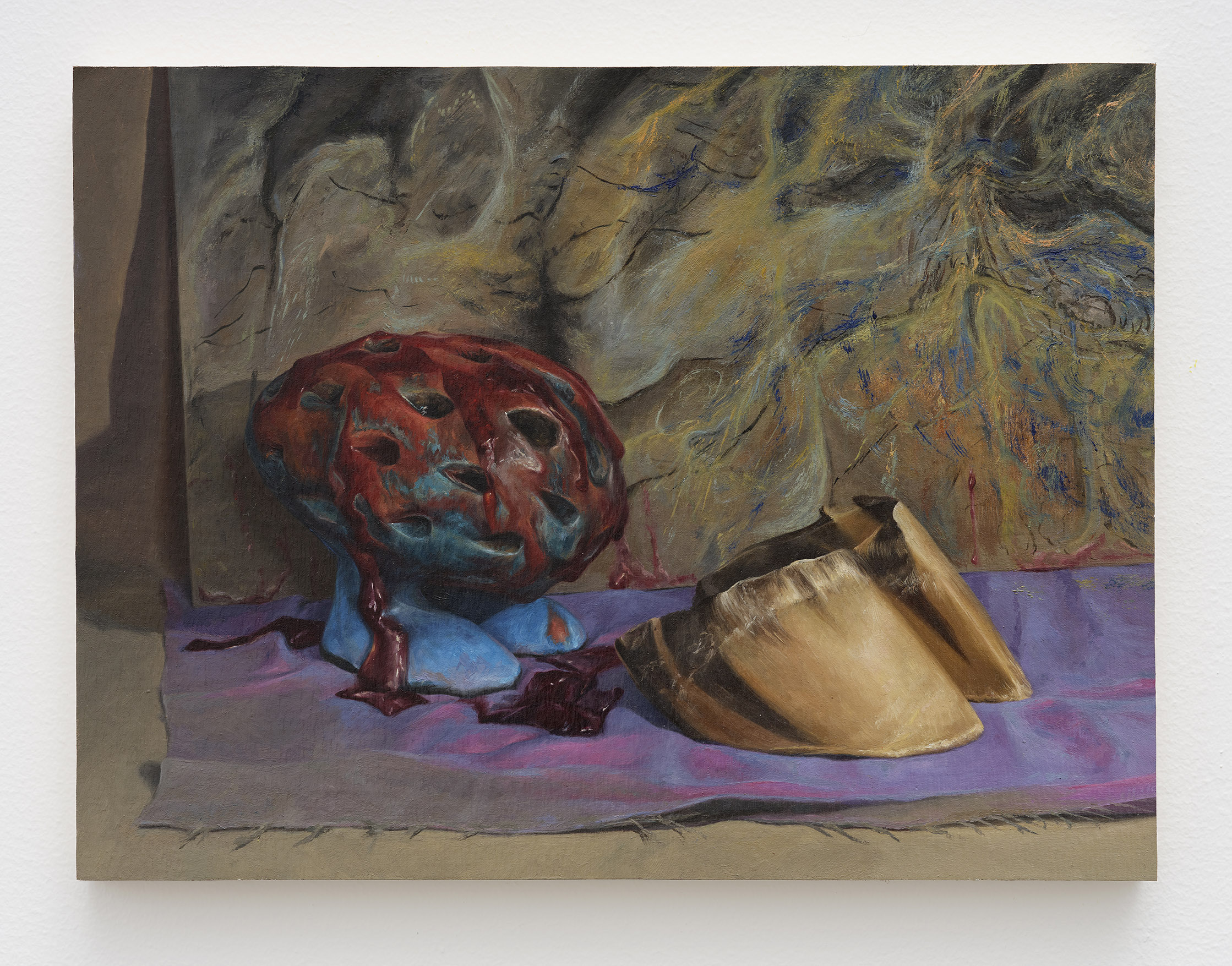
Anna Kristine Hvid Petersen
Hvorhen (2021)
Oil and canvas mounted on wood
30 x 39.5 x 2.5 cm
To Inquire
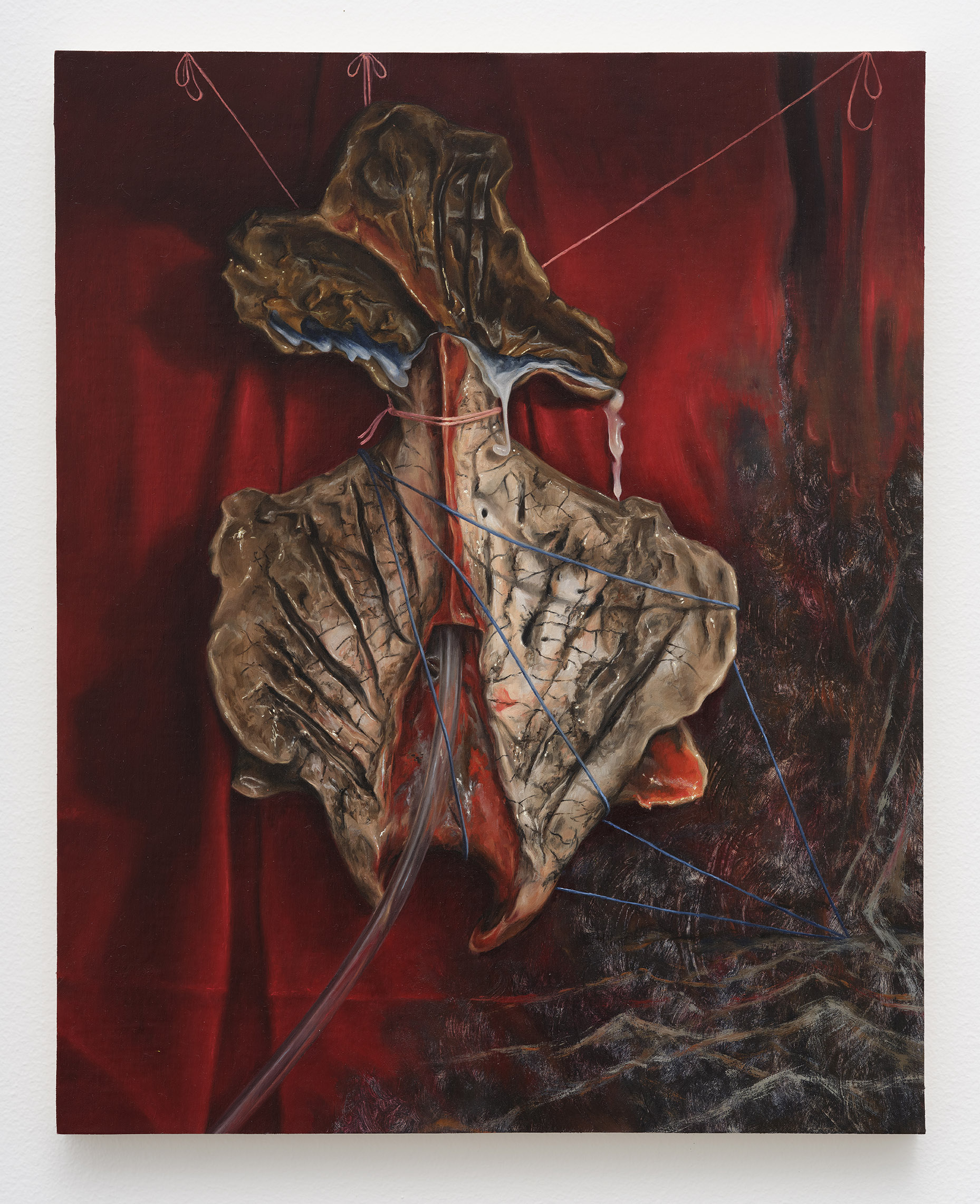
Anna Kristine Hvid Petersen
Omplante (eller ville genfødes i skyggespillet med dyreøjne) (2021)
Oil and canvas mounted on wood
50 x 39.5 x 2.5 cm
To Inquire
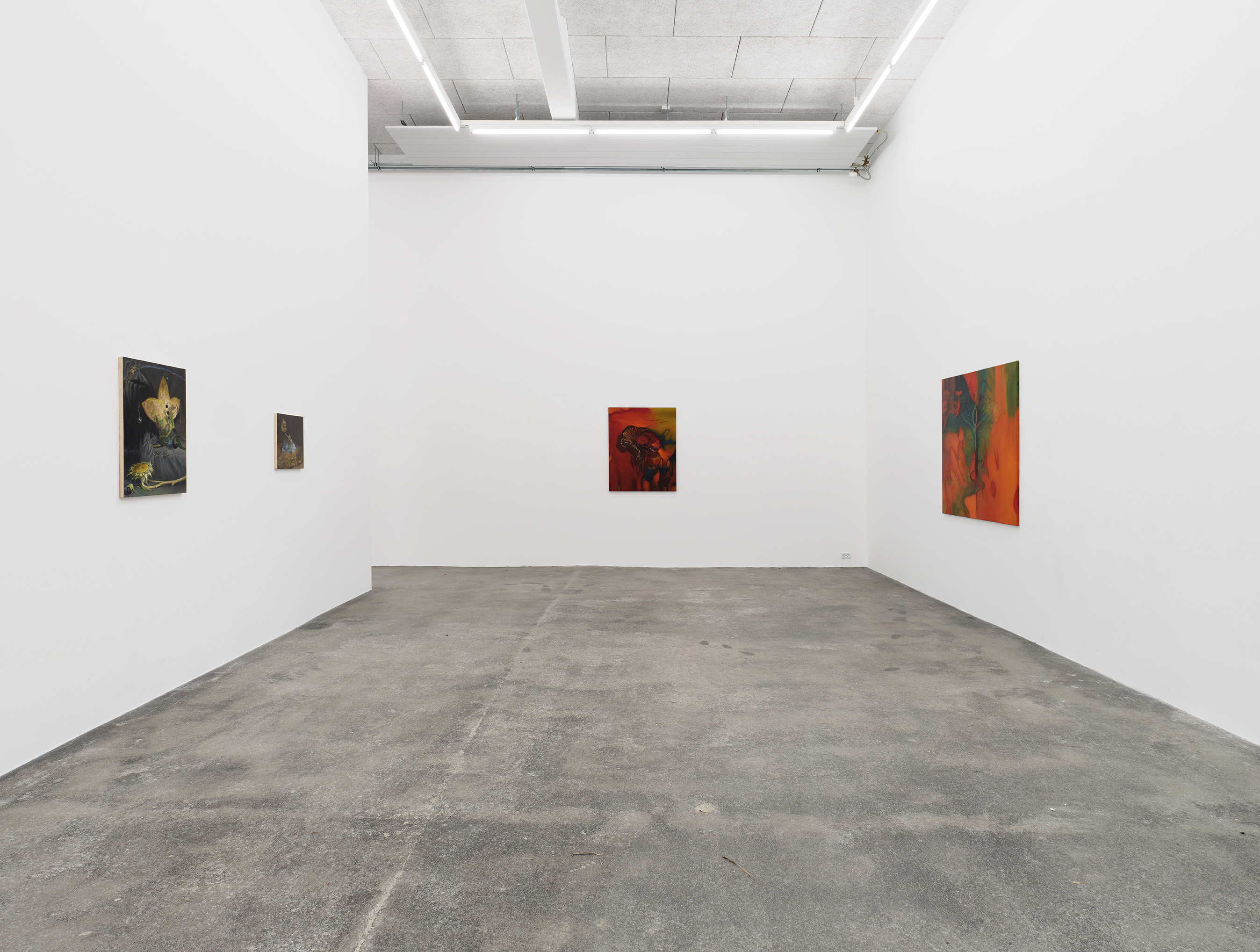
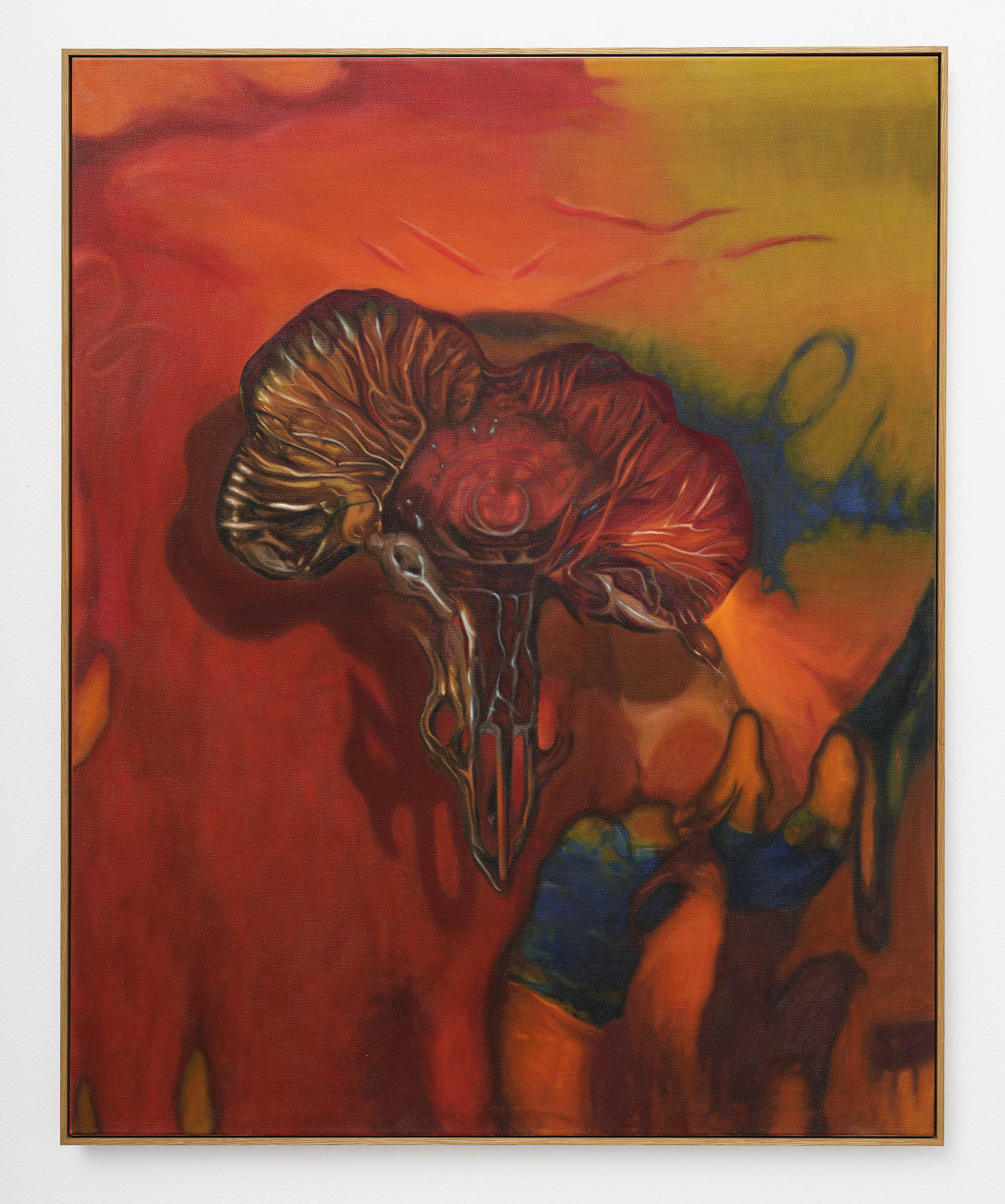
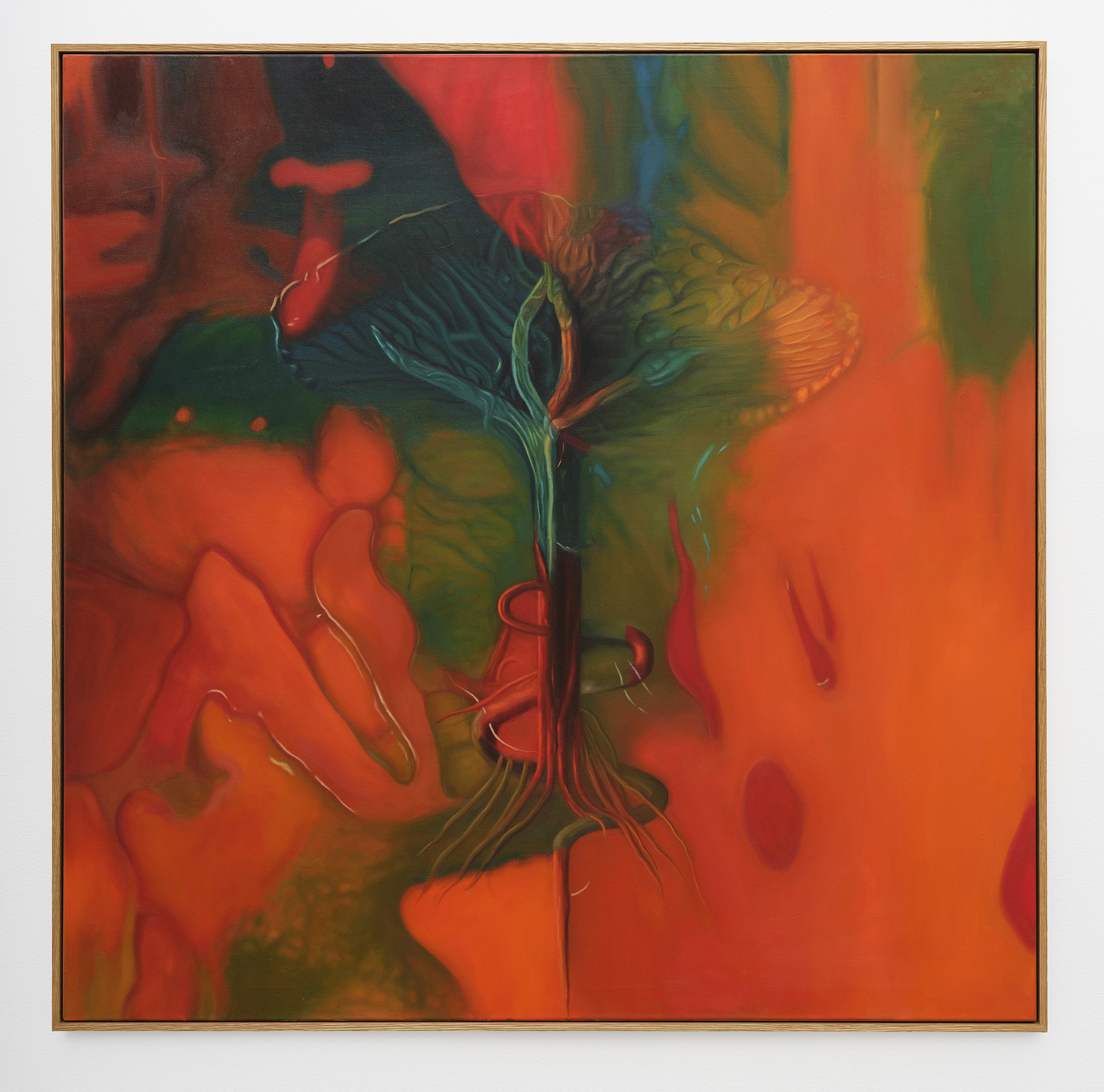
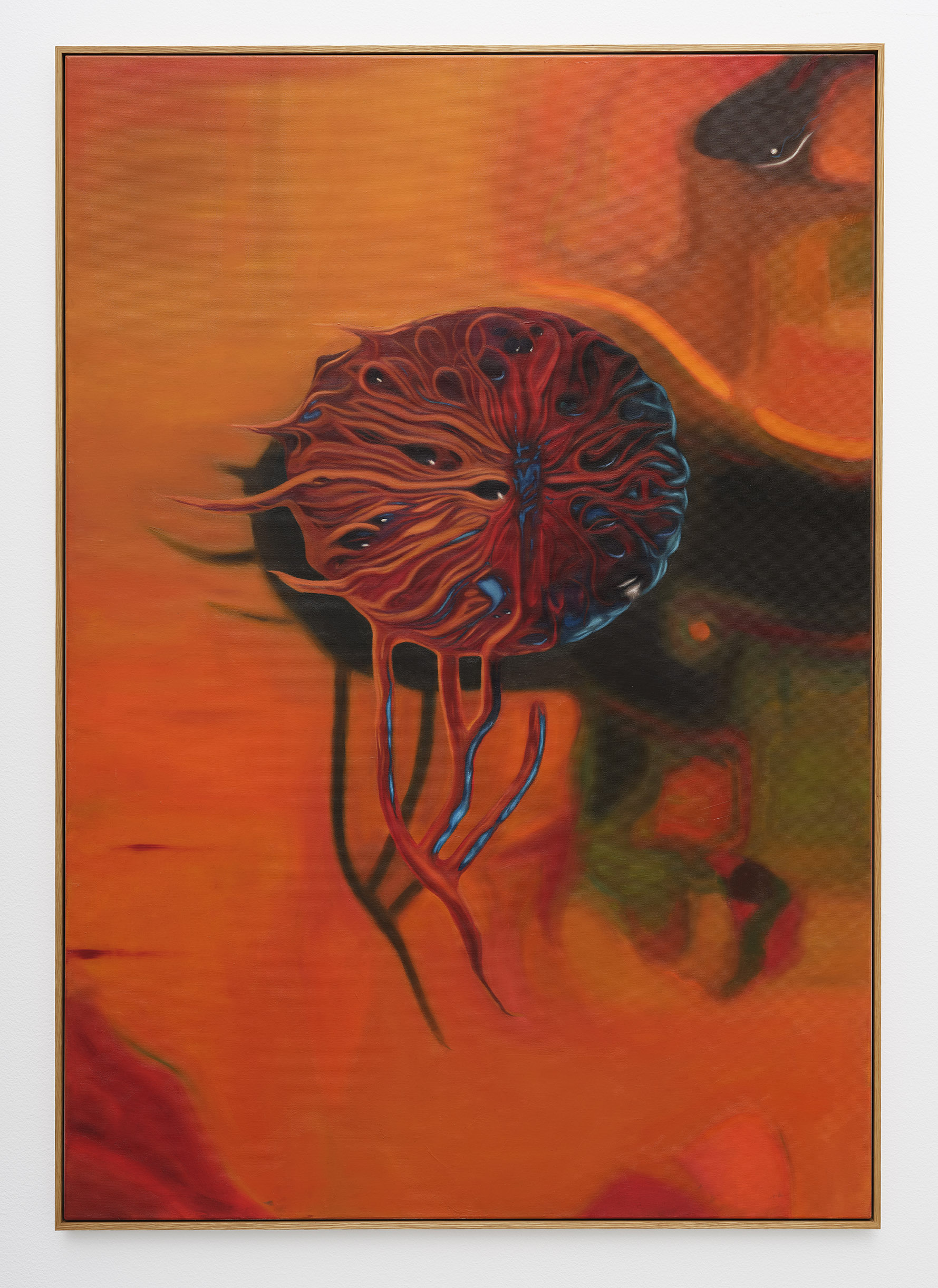
There is an undeniable part of our nature that drives us to understand, to process, to categorise, to make sense of our world and our position in it—to contextualise how we belong, what we do and who we are. The idea of the zeitgeist, and of trying to define the zeitgeist as it happens, can be interpreted as an extension of this very human quality.
How can we deny the feeling that we are caught in the moment, experiencing the sprit of our time firsthand? Can we deny the feeling that our ideas, tastes and impulses are a sign and even more so a definition of what it means to be in the world right now? This feels even more amplified in the age of social media where sophisticated algorithms present us with seemingly endless, tailored content from people around the world whose interests seem to almost eerily echo our own.
On the flip side, the idea of being a part of the zeitgeist and being able to identify it as it happens seems almost too good to be true. Without the contextualising lens of time, how sure can we be that what we are experiencing is emblematic of our time rather than being something more fleeting or more individualised? To claim to have this knowledge is at its best bold and bombastic, and at its worst a cover for another agenda.
This is evidently not the first exhibition to explore this theme. We would be remiss without mentioning the iconic 1982 exhibition of the same name, curated by Christos Joachimedes and Norman Rosenthal, and presented in then-derelict Gropius Bau museum in Berlin. Whether or not this exhibition proved the point it intended to is up for debate, however it is hard to resist the temptation to try what they did once again in a very different time, scale and context.
This exhibition focuses on six Copenhagen-based artists of the same generation who work primarily within the medium of painting. Leaning towards figuration, they differ in technique, imagery and intention, yet there seems to be a common thread that runs through all of their work. In each their own way, they recontextualise traditional elements in a manner that feels timeless, giving us the task of placing them in the here and now.
Anna Kristine Hvid Petersen’s (b. 1992) paintings redefine the traditional still life genre. While at first glance the works might seem straightforward, they subtly reveal themselves to be both mysterious and playful. Shadows are intentionally inaccurate, backgrounds are captivating and deceptive, and classic interpretations of still life motifs are done away with. Objects such as flowers become almost embodied with human characteristics, coyly turned away from the viewer, hinting at something else.
Emilie Imán (b. 1992) takes as her starting point our understanding of what the body is. By looking inwards, Imán’s paintings create a space for us to reevaluate and reinterpret the relationships between the corporeal, spiritual and emotional sides of our selves. In moving towards a more expansive interpretation, we move away from individualisation and towards something more collective, more integrated, more rooted in nature. This is echoed in the intensity of the colour palate and technique, bringing us into a world which is saturated and open interconnections.
Eva Helene Pade’s (b. 1997) work explores the emotions and intensity of human relationships. People mingle from canvas to canvas, absorbed in conversation, dancing, exchanging, being intimate—relationships unfold and deepen in timeless environments that could equally be nightclubs, bedrooms or romantic gardens. Both fervent and blasé, Pade’s works echo our own mix of diverse feelings, love, melancholy, joy and jealousy, and all other emotions that constitute us at human.
Regularly depicting figures in silhouette, J.G.Arvidsson’s (b. 1989) paintings depict deliberately open narratives. Elements such as boats and umbrellas can occasionally be found in the work, creating a referential and contextual framework for us to use in our own subjective interpretations. This deliberate ambiguity is echoed in J.G.Arvidsson’s technique. Paint, canvas and oil stick among other media are layered on wood, scratched off in places, creating an incredible depth of both material and narrative.
Martin Aagaard Hansen’s (b. 1988) paintings take as their inspiration existing figures and narratives. Using books and other found materials, characters are transported into another world, as Aagaard Hansen reimagines and builds upon their stories. These characters come to life through a laborious yet seamless technique, as paint almost seems to bubble up to the surface, creating a unique texture and guiding us as we explore.
Oliver Bak’s (b. 1992) paintings give the impression that we are on the outside looking in. Through technique and subtle, floating elements, Bak shows us a world in which figures seem to fade in and out of the distance, appearing to us when needed. Body language and the way in which these figures pose becomes central, reminiscent of iconography from mythology and historical painting.
